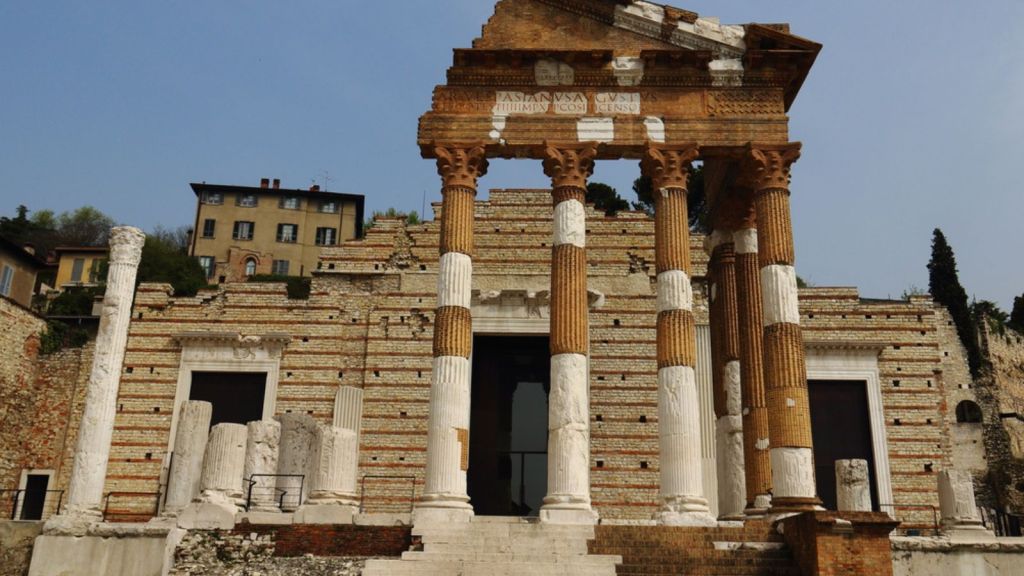“Unveiling the Shadows: 16 Surprising Secrets about the Dark Ages That Will Change Your Perspective!”
12. Music Wasn’t Just Gregorian Chants

While Gregorian chant was the dominant form of religious music, secular music thrived in the Dark Ages. Troubadours and minstrels traveled from court to court, entertaining audiences with songs about love, chivalry, and adventure.
Folk music passed down through oral tradition provided a rich tapestry of melodies and lyrics reflecting the lives and experiences of ordinary people. Musical instruments like the lute, harp, and flute were popular, adding a vibrant dimension to social gatherings and cultural events.
13. Literature Wasn’t Just Religious Texts

While religious texts like the Bible and the writings of the Church Fathers were central to intellectual life, secular literature also emerged during the Dark Ages. Epic poems like Beowulf and the Song of Roland celebrated heroic deeds and cultural values.
Courtly romances, often featuring tales of knights and damsels in distress, captivated audiences with their idealized portrayals of love and chivalry. Fables, folklore, and even satirical works offered glimpses into the era’s social customs, beliefs, and humor.
14. Travel Wasn’t Impossible

While long-distance travel was more challenging and dangerous than in previous eras, it wasn’t impossible. Pilgrims journeyed to holy sites like Rome, Jerusalem, and Santiago de Compostela, seeking spiritual solace and adventure.












